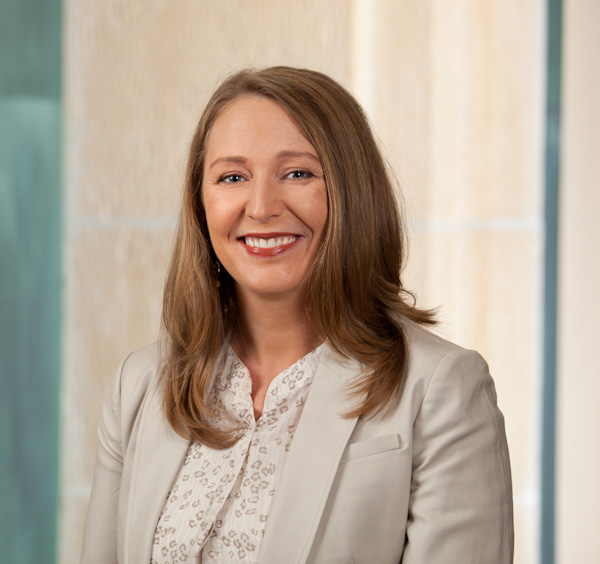No Quick Fix
No quick and easy formula exists for bringing greater diversity to the U.S. legal profession.
Instead, the message at a recent ABA conference was that raising the racial and ethnic mix of the legal profession will depend on a number of interrelated incremental steps, some of them aimed at children barely old enough to even contemplate a career in the law.
“Many students know nothing about lawyers except what they see on television and think all they do is argue in court,” said Kay H. Hodge of Boston, who chairs the ABA Presidential Advisory Council on Diversity in the Profession. “We have to lay the foundation for success–reading well, taking the right courses, planning for college and graduate school.”
In October, law and business leaders attended the conference, Diversity in the Legal Profession: Opening the Pipeline, to discuss the paired goals of identifying and eliminating obstacles to diversity in the profession. The gathering in Washington, D.C., was sponsored by the ABA Council on Racial and Ethnic Justice.
ABA President Dennis W. Archer has identified greater diversity in the legal profession as one of the priorities for his one-year term that runs through August. Archer of Detroit is the ABA’s first African-American president.
One conference participant, a partner at a major law firm, lamented the shortcomings of the recruitment process. “We go to the same law schools each year and get resumés from the same schools,” he said. Harvard Law School professor David B. Wilkins also acknowledged that the recruitment policies hinder minority graduates of even the top U.S. law schools.
Another obstacle is the disconnect between qualities law firms seek in potential associates–top 10 percent of the class, law review, federal clerkship–and those skills that help a lawyer become successful over the long term, such as knowing how to network, said Veta Richardson, executive director of the Minority Corporate Counsel Association in Washington, D.C.
“The sought-after pedigree has little relation to being a good lawyer,” Richardson said. Speakers encouraged law firms to go beyond the usual narrow recruitment parameters by seeking associates through organizations for minority law students and by considering minority lawyers who have been out of school for several years.
A Push from Clients
Once an offer is made, advancement and job satisfaction are tied to mentoring and access to quality work, speakers said. “Law firm assignments are often random,” noted James J. Sandman, managing partner at Arnold & Porter in Washington, D.C. “We need to emphasize the professional development aspects of assigning.”
Kenneth C. Frazier, senior vice president and general counsel for Merck & Co. Inc. in White House Station, N.J., said fitting in with a firm’s values and culture and working with quality clients are crucial to reaching partnership. To combat high attrition rates for minority attorneys, especially women, more firms need to promote family-friendly policies, not just give them a nod in the human resources manual.
Cari M. Dominguez, the Equal Employment Opportunity Commission chairwoman, cited studies by the NALP Foundation (a research group associated with the National Association for Law Placement) showing that more than half of minority lawyers change jobs within their first three years of private practice. The NALP studies also determined that some 85 percent of women of color drop out of their law firms within seven years, mainly due to feelings of isolation and lax enforcement of family-friendly policies by their employers.
Representatives of the business community recognized that clients have enormous power to foster law firm diversity by insisting that diverse teams of lawyers work on their cases. “When diversity is tied to income, it tends to happen,” said Paula E. Boggs, executive vice president and general counsel of Starbucks Inc. in Seattle. “What gets measured gets fixed.”
Write a letter to the editor, share a story tip or update, or report an error.


